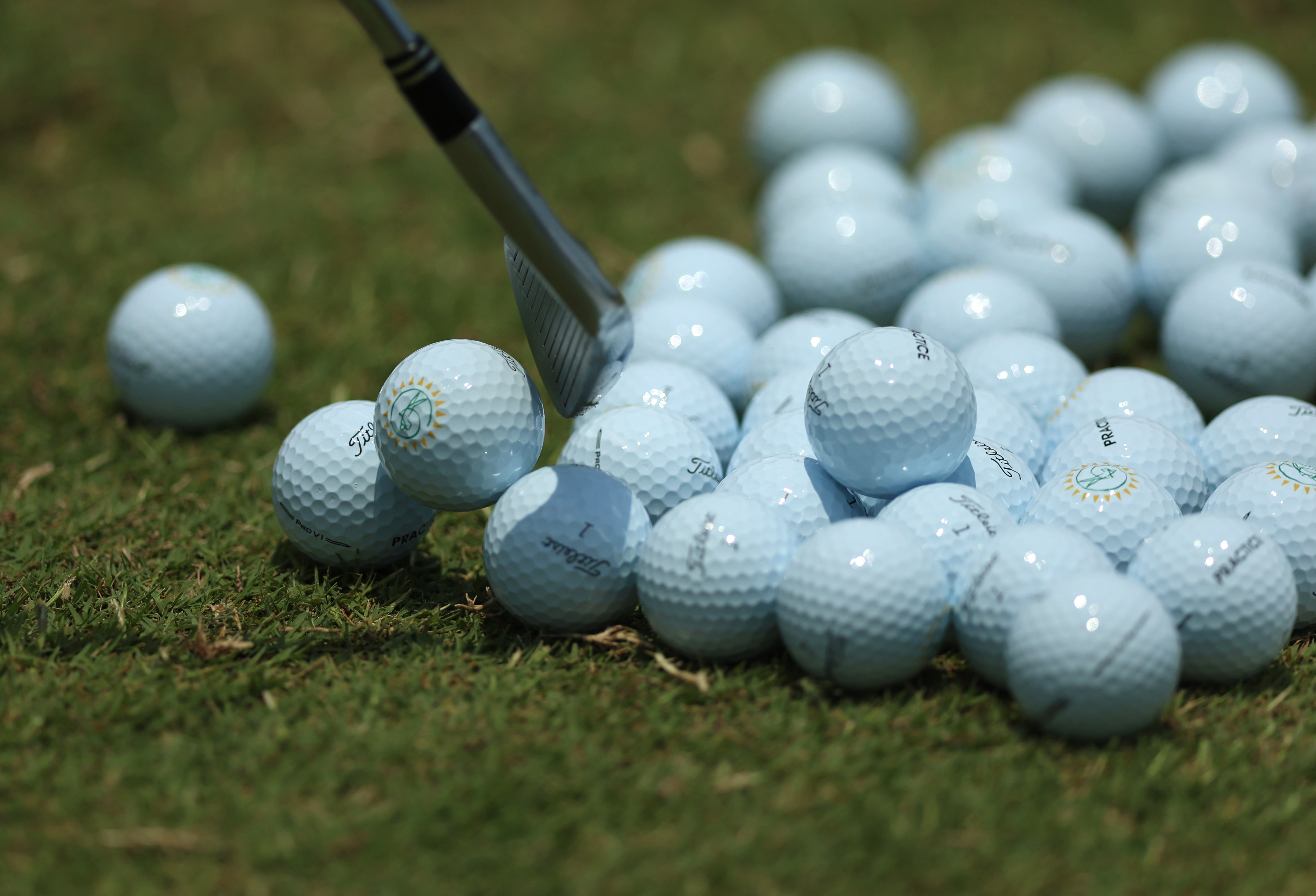LAS VEGAS — Change is coming to the golf world, and not just one level of players.
The United States Golf Association and R&A, golf’s governing bodies, announced Wednesday they are changing how golf balls will be tested for conformity to reduce the effects of distance.
Starting in 2028, for a golf ball to be deemed conforming and legal for play, it will be tested using a robot that swings a titanium club at 125 mph and hits the ball on an 11-degree launch angle with 2,200 rpm of spin. The shot can not exceed the Overall Distance Standard (ODS) of 317 yards of combined carry distance and roll (with a 3-yard tolerance).
Currently, balls are at 120 mph with a launch angle of 10 degrees and 2,520 rpm of backspin, so the change increases the robot’s clubhead by 5 mph, increases the launch angle by 1 degree and decreases the spin rate by about 300 rpm.
The change is going to affect all levels of golfers, from the top professionals in the game to weekend warriors at a local muni. But how exactly is it going to affect the top amateurs and collegiate golfers?
Speaking at the annual Golf Coaches Association of America convention, Scott Langley, the USGA’s senior director of player relations, explained the changes coming with how golf balls are tested and what it means.
“More and more speed is coming into the game, and players are learning how to play the game well at higher speeds,” Langley said. “The college game has good examples of terrific players that have learned to play well, comfortably driving ball in the high 180s, even 190 miles per hour.
“I can assure you that creating these boundaries is not a frictionless process. But it is my belief that it is a healthy friction that is essential to the long term health of the sport. True freedom is freedom within the right boundaries. Absolute freedom is not true freedom. Governance is hard, but it’s essential.”
Langley won the 2010 NCAA individual championship while playing for Illinois. He also spent time playing professionally before his work with the USGA. He understands the amateur game and what it takes to be successful at the highest level but also knows the integrity of the game has to be maintained.

Illinois’ Scott Langley poses with the NCAA Individual trophy and the Arnold Palmer award at the Honors Course.
It’s estimated that the longest male amateurs are going to lose anywhere between 10-15 yards with their driver, while the average male amateur will likely lose between 3-5 yards.
On the women’s side, it’s estimated that the top female amateurs will lose anywhere between 5-7 yards and the average female amateur between 1-3 yards off the tee.
“Advancements and athleticism are both inevitable and also just plain awesome,” Langley said. “But they must be considered thoughtfully in balance with sports long term health and identity. ”
Langley also said the USGA continues to look into solutions involving rewarding center strike with the driver but didn’t have any to bring forward yet.
Outside of the driver, the USGA and R&A said the golf ball rollback shouldn’t affect irons or wedges.
Overall, the way golf balls are tested in changing, and top professionals and amateurs will first experience these changes in 2028. Most of the golfing community and average amateurs not until 2030. Ultimately, the change is in the best interest of the longevity of the game and its future at all levels.

